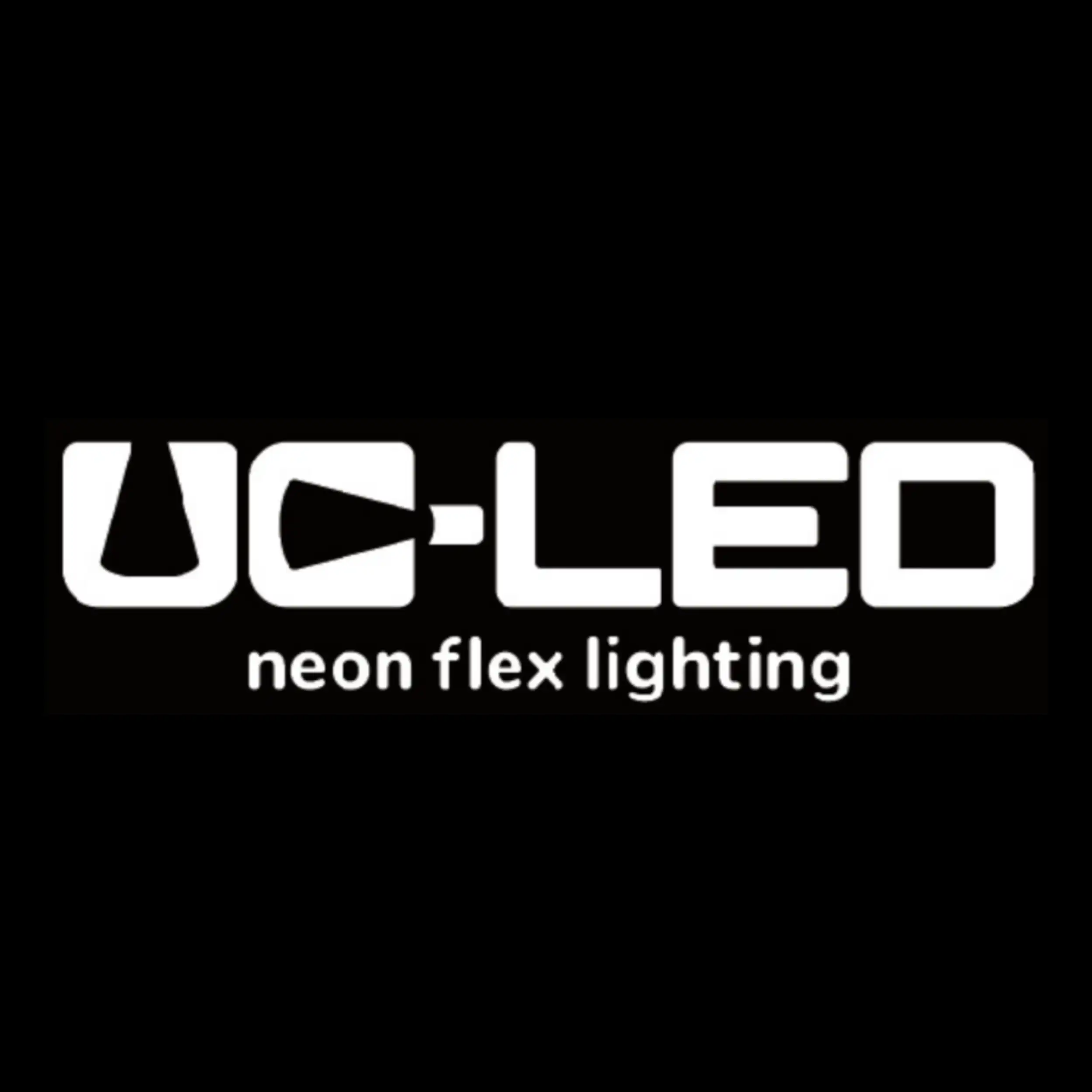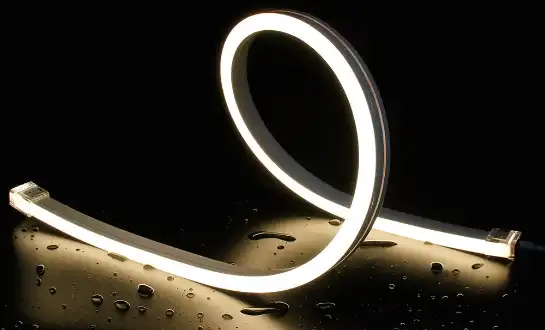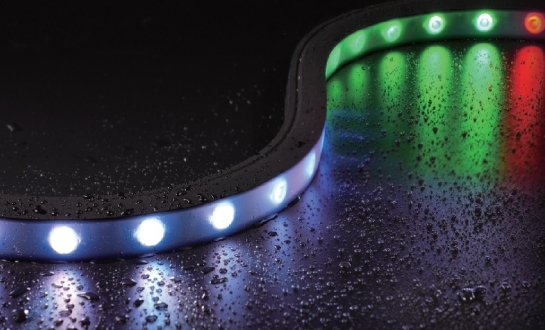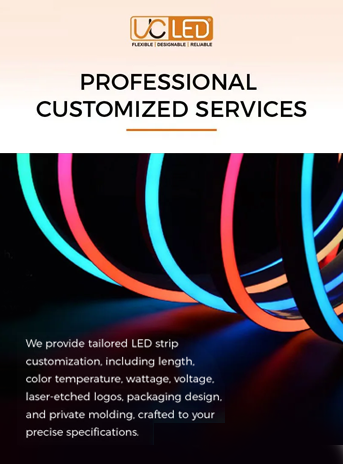Comprehending LED Voltage Requirements
LED lighting has revolutionized the illumination industry, offering energy-efficient and long-lasting solutions for various applications. However, to harness the full potential of LED technology, it's crucial to understand the voltage requirements specific to these innovative light sources.
Unlike traditional incandescent bulbs, LEDs are sensitive to voltage fluctuations. They operate within a narrow voltage range, typically between 2 and 4 volts for individual LED chips. However, LED lighting fixtures often incorporate multiple LEDs and require different voltage inputs depending on their configuration and intended use.
Types of LED Voltage Systems
LED lighting systems generally fall into two categories based on their voltage requirements:
- Low-voltage LED systems: These typically operate at 12 or 24 volts DC and are commonly used in automotive applications, landscape lighting, and some residential fixtures. Low-voltage systems often require a transformer or driver to convert standard AC power to the appropriate DC voltage.
- Line-voltage LED systems: These are designed to work directly with standard household AC power (120V in North America, 220-240V in many other countries). Line-voltage LEDs incorporate built-in drivers to convert AC to the low DC voltage required by the LEDs.
Understanding these distinctions is crucial for selecting the right LED lighting products for specific applications and ensuring proper installation and operation.
Voltage Tolerance in LED Lighting
While LEDs are designed to operate within specific voltage ranges, they do have some tolerance for minor fluctuations. However, consistently operating outside the recommended voltage range can have detrimental effects on performance and lifespan.
Undervoltage conditions may result in dimmer light output or flickering, while overvoltage can cause overheating, reduced efficiency, and accelerated degradation of LED components. It's essential to match the LED lighting system with the appropriate power source and ensure stable voltage supply for optimal performance.
The Impact of Voltage on LED Performance and Lifespan
Voltage plays a pivotal role in determining the performance and longevity of LED lighting systems. Understanding this relationship is key to maximizing the benefits of LED technology and avoiding potential issues that can arise from improper voltage management.
Effects of Correct Voltage
When LED lighting systems receive the correct voltage, they operate at peak efficiency, delivering several advantages:
- Optimal light output: LEDs produce their rated luminous flux, ensuring the intended brightness and color temperature.
- Energy efficiency: Proper voltage allows LEDs to convert electricity into light with minimal waste heat, maintaining their energy-saving properties.
- Extended lifespan: Operating at the correct voltage prevents unnecessary stress on LED components, helping them achieve or even exceed their rated lifespan.
- Consistent performance: Stable voltage ensures uniform brightness and color rendering across multiple LEDs in a fixture or installation.
Consequences of Incorrect Voltage
Deviating from the recommended voltage range can lead to various issues:
Undervoltage effects:
- Reduced brightness
- Inconsistent light output or flickering
- Potential failure to illuminate
Overvoltage effects:
- Excessive heat generation
- Accelerated LED degradation
- Reduced energy efficiency
- Potential safety hazards
In extreme cases, significant voltage deviations can lead to catastrophic failure of LED components or associated circuitry, necessitating premature replacement of the entire fixture.
Voltage Regulation and LED Drivers
To maintain proper voltage and optimize LED performance, many lighting systems incorporate specialized components called LED drivers. These devices serve several critical functions:
- Converting AC power to the appropriate DC voltage required by LEDs
- Regulating current flow to ensure stable operation
- Protecting LEDs from voltage fluctuations and power surges
- Enabling dimming capabilities in compatible systems
High-quality LED drivers play a crucial role in maintaining the correct voltage and current, thereby safeguarding the performance and longevity of LED lighting installations.
Best Practices for Voltage Management in LED Lighting
Implementing effective voltage management strategies is essential for maximizing the benefits of LED lighting technology. By following these best practices, users can ensure optimal performance, longevity, and safety of their LED lighting systems.
Proper Selection and Sizing
Choosing the right LED lighting products and components is the first step in effective voltage management:
- Select LED fixtures and bulbs that match the voltage requirements of your electrical system
- Ensure compatibility between LED products and existing dimmer switches or control systems
- Use appropriately sized LED drivers that can handle the total wattage of the connected LED load
- Consider voltage drop in long wire runs, especially for low-voltage landscape lighting installations
Professional Installation and Wiring
Proper installation is crucial for maintaining correct voltage throughout the LED lighting system:
- Engage qualified electricians for complex installations or retrofits
- Use correctly gauged wiring to minimize voltage drop over long distances
- Implement proper grounding techniques to protect against electrical faults
- Ensure secure connections to prevent voltage fluctuations due to loose wiring
Regular Maintenance and Monitoring
Ongoing care and attention can help identify and address voltage-related issues before they lead to system failure:
- Periodically inspect LED fixtures for signs of overheating or dimming
- Use voltage testing equipment to verify proper voltage levels at various points in the system
- Replace aging LED drivers before they fail and potentially damage connected LEDs
- Keep lighting fixtures clean to prevent heat buildup that can affect voltage-sensitive components
Implementing Surge Protection
Protecting LED lighting systems from voltage spikes and surges is crucial for long-term reliability:
- Install surge protectors at the main electrical panel to safeguard the entire lighting system
- Use individual surge protection devices for outdoor LED fixtures exposed to lightning risks
- Consider whole-house surge protection for comprehensive coverage of all electronic devices
Addressing Power Quality Issues
In some cases, broader power quality problems can affect LED lighting performance:
- Work with utility providers to address consistent under- or over-voltage conditions
- Install power conditioning equipment if voltage fluctuations are a persistent issue
- Consider uninterruptible power supplies (UPS) for critical LED lighting applications
By implementing these best practices, users can ensure their LED lighting systems operate at the correct voltage, maximizing efficiency, lifespan, and overall performance.
Conclusion
Proper voltage management is a cornerstone of successful LED lighting implementations. By understanding the importance of correct voltage and following best practices for selection, installation, and maintenance, users can unlock the full potential of LED technology. As the lighting industry continues to evolve, partnering with reputable LED lighting suppliers and manufacturers becomes increasingly crucial. These experts can provide tailored solutions that ensure optimal voltage management, resulting in energy-efficient, long-lasting, and high-performance lighting systems for various applications.
FAQ
How does voltage affect LED color temperature?
While voltage primarily impacts brightness, significant deviations can slightly alter color temperature. Proper voltage ensures consistent color rendering.
Can I use a standard dimmer with LED lights?
Not all LEDs are compatible with standard dimmers. It's essential to use LED-specific dimmers or verify compatibility to avoid voltage-related issues.
How often should I replace LED drivers?
Quality LED drivers can last 5-7 years. However, it's advisable to replace them proactively every 3-5 years in critical applications to prevent voltage regulation problems.
Expert LED Lighting Solutions | QUAN HE
QUAN HE Lighting Co., Ltd. is a leading manufacturer of premium linear lighting products, specializing in innovative LED solutions. With our state-of-the-art 5,000m² factory, advanced R&D capabilities, and strict quality control processes, we deliver high-performance LED lighting products tailored to your specific needs. Trust our expert team for superior LED strip lights, neon flex strips, and customized lighting solutions. Contact us at Linda@uc-led.com to illuminate your projects with precision and excellence from a reliable LED lighting manufacturer and supplier.
References
1. Johnson, A. (2021). "LED Voltage Requirements: A Comprehensive Guide for Lighting Professionals." Illumination Engineering Society Journal, 56(3), 78-92.
2. Smith, B., & Brown, C. (2020). "Impact of Voltage Fluctuations on LED Performance and Lifespan." Journal of Solid-State Lighting, 15(2), 210-225.
3. Lee, S., et al. (2022). "Best Practices in Voltage Management for Commercial LED Lighting Systems." Energy Efficiency in Buildings, 8(4), 345-360.
4. Thompson, R. (2019). "Understanding LED Drivers: Voltage Regulation and Performance Optimization." IEEE Transactions on Power Electronics, 34(7), 6789-6801.
5. Garcia, M., & Wilson, D. (2023). "Advances in Surge Protection Technologies for LED Lighting Applications." Lightning Protection Systems and Standards, 12(1), 45-58.







